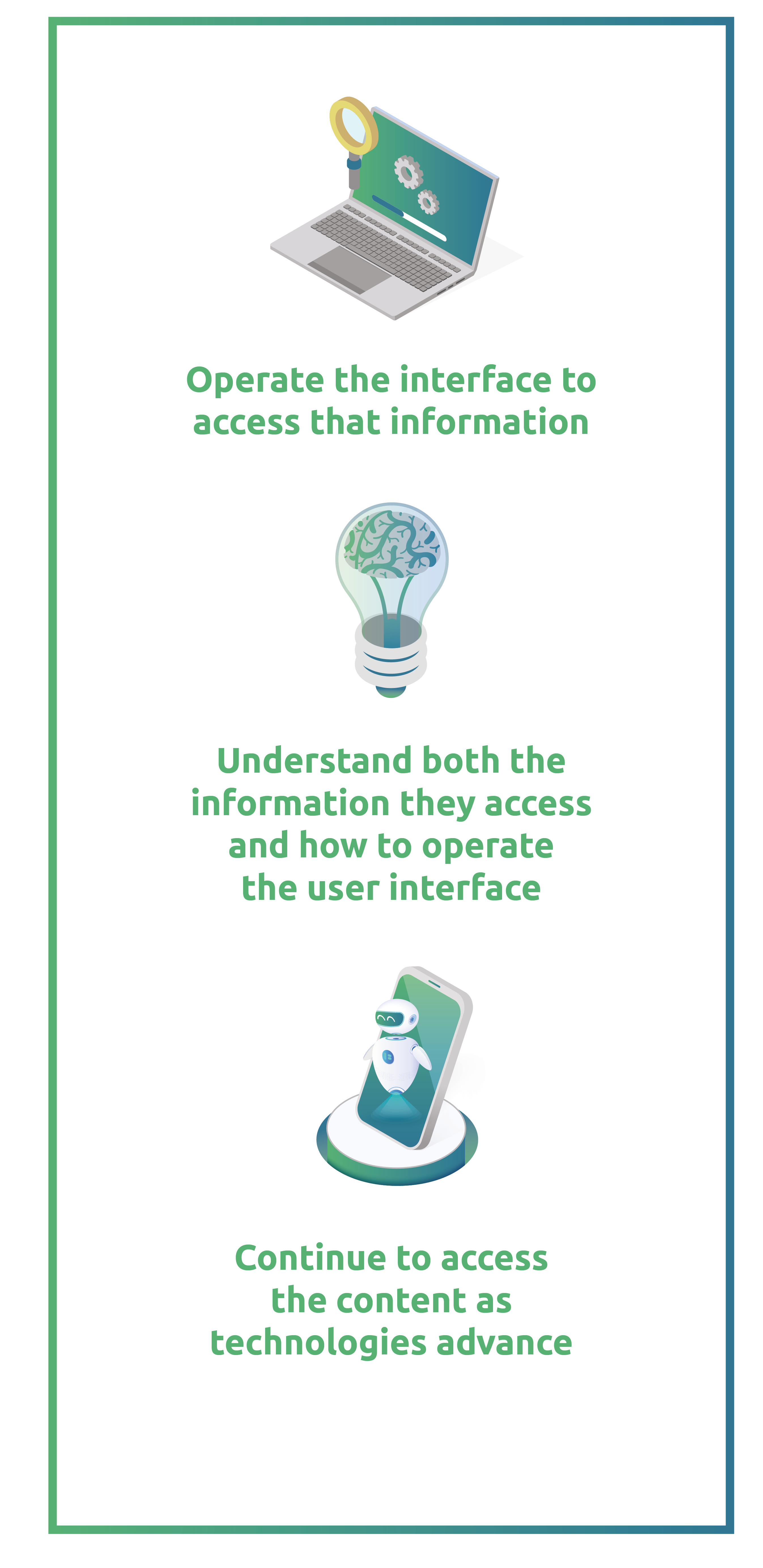Accessibility through tech: Tech for good in the public sector

These are tough times for the public sector. Budgets are being slashed, while public expectations and levels of need are rising.
It’s widely recognised that the latest technology can both improve access to services and cut costs. Yet without proper design, attempts to modernise services can backfire, leaving the people most in need of support unable to access it.
As of September 2020, all public sector websites will have to comply with certain accessibility standards. The deadline is extended until 2021 for apps.
So how will these standards help to ensure that modern technology assists rather than excludes?

Why does online accessibility matter?
In his foreword to the Government Transformation Strategy in 2017, then Minister for the Cabinet Office Ben Gummer said:

However, for around 13 million people in the UK, those services may be hard to access due to their disability or other condition. As services increasingly move online, there’s a risk that this section of society becomes excluded – despite potentially having greater needs.
And viewed through a business lens, reaching the widest audience possible simply makes economic sense.
The accessibility principles
It’s easy to assume that tech is the answer to everything. In fact, no amount of digital wizardry will work unless some underlying principles about content are in place.
The gold standard in this area is the Worldwide Web Consortium’s Web Content Accessibility Guidelines (WCAG). This is what public sector bodies are now striving to meet to ensure compliance with the new regulations.
WCAG’s four accessibility principles are ‘POUR’: Perceivable, Operable, Understandable and Robust.
This means that users must be able to perceive the information being presented; operate the interface to access that information; understand both the information they access and how to operate the user interface; and continue to access the content as technologies advance. These guidelines help ensure that web content is not only clearer, but also more compatible with tech such as screen readers for people with visual impairments.
These guidelines help ensure that web content is not only clearer, but also more compatible with tech such as screen readers for people with visual impairments.
What can businesses and charities learn from this?
You may wonder what’s so special about those principles. Or perhaps you run a charity or business and think that public sector web accessibility has nothing to do with you.
In fact, the POUR framework is good for everyone, whatever their needs, and whatever they want to access.
There are far more people than you might think who struggle to use the web, finding the content confusing and the navigation puzzling. They may or may not regard themselves as having disabilities.
By making content clearer, simpler and more reliable, people’s experiences of using the web are smoother. That is a core element of conversion rate optimisation, making web services more effective and more profitable.
So not only is improving accessibility a legal obligation for public sector bodies and the right thing to do, it’s also likely to deliver a better return on investment in the long run.
Accessibility for all
The WCAG should not be viewed as an afterthought, but rather as a fundamental part of a continual programme of feedback and adjustment to online services.
By paying attention to accessibility, local authorities and others can improve participation in public life and access to services, and improve the customer experience.
Here at Connect Assist, we work with several councils, including Argyll and Bute, Calderdale, Edinburgh and Solihull, helping them transform their digital services using modern technology.
Underlying all our partnerships with public sector bodies is the firm agreement that accessibility is key. There is a lot to do – but, fortunately, also widespread acknowledgement of the value of doing it.







